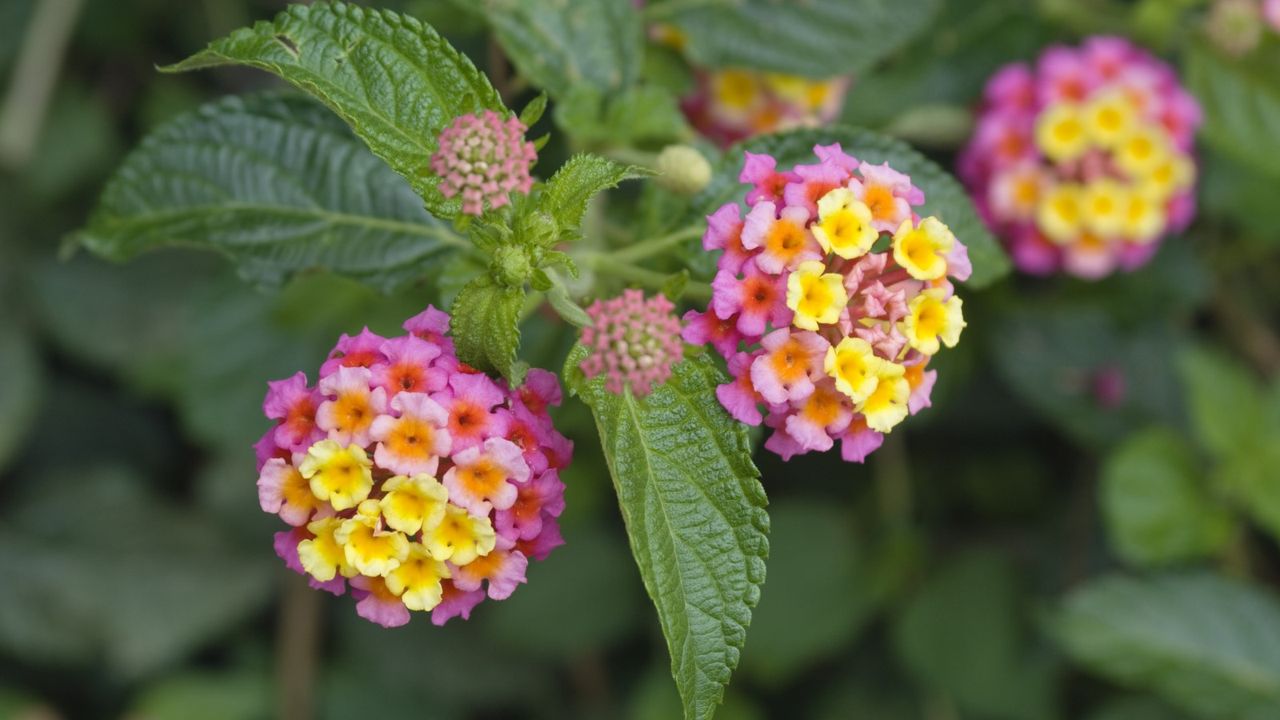
August is the perfect time to take cuttings of many popular shrubs and perennials. By this point in the growing season, all of your plants will have produced a good amount of healthy green growth, most of which should be semi-ripe (in other words, not too soft but not too woody or hard). It is this growth that is perfect for propagation during August.
As a professional gardener, I have spent countless hours propagating plants in both private and public gardens where I have worked (and for myself, of course). From fragrant pelargoniums growing in pots to reliable perennials such as verbena and salvia, summer cuttings are not to be missed.
So, if you are keen to have a few more rosemary or lavender plants in your yard, all without spending any money, grab yourself a pair of snips, some pots and soil, and get to work in the garden shed this month. Here, I reveal seven plants to propagate in August to add to your summer gardening checklist, with tips and tricks I have learned along the way.
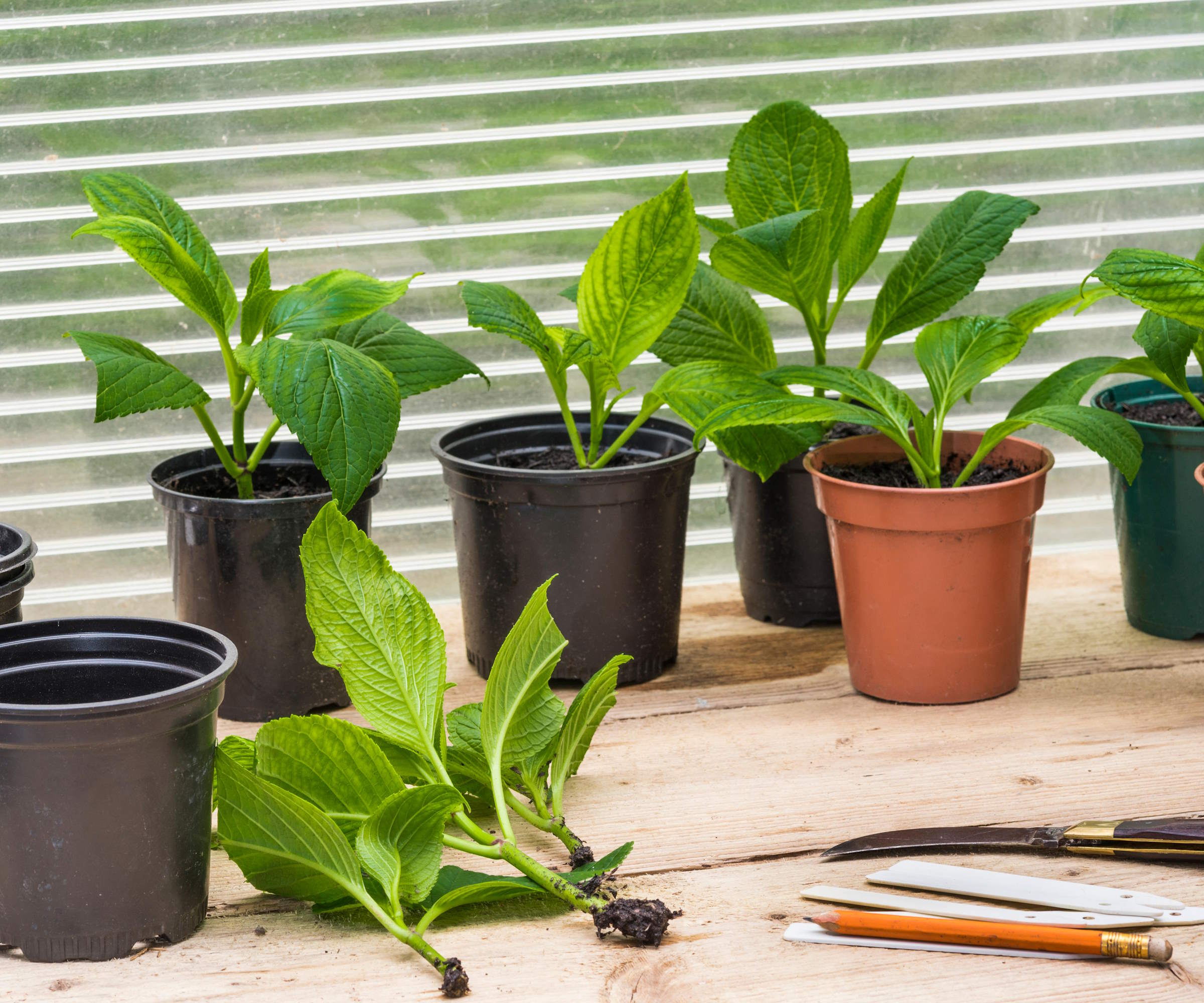
7 plants to propagate in August: tips for taking cuttings
Learning how to take plant cuttings is remarkably easy, but you do need to get the basics right. You'll need clean, sharp snips, and I tend to take a bucket with some fresh water around with me, so you can keep cuttings hydrated as you work.
As with all cuttings, roots will form from leaf nodes (or joints), so you want to snip just below a joint, and then strip the bottom leaves to create a clean cutting, with just one or two leaves atop the stem.
I would also recommend using a gritty, well-draining compost when potting and placing your cuttings in a warm, bright spot, but out of direct sun. And, with any luck, within a few weeks, you should spot some little white roots forming.
Here are seven of my favorite plants to propagate in August.
1. Rosemary
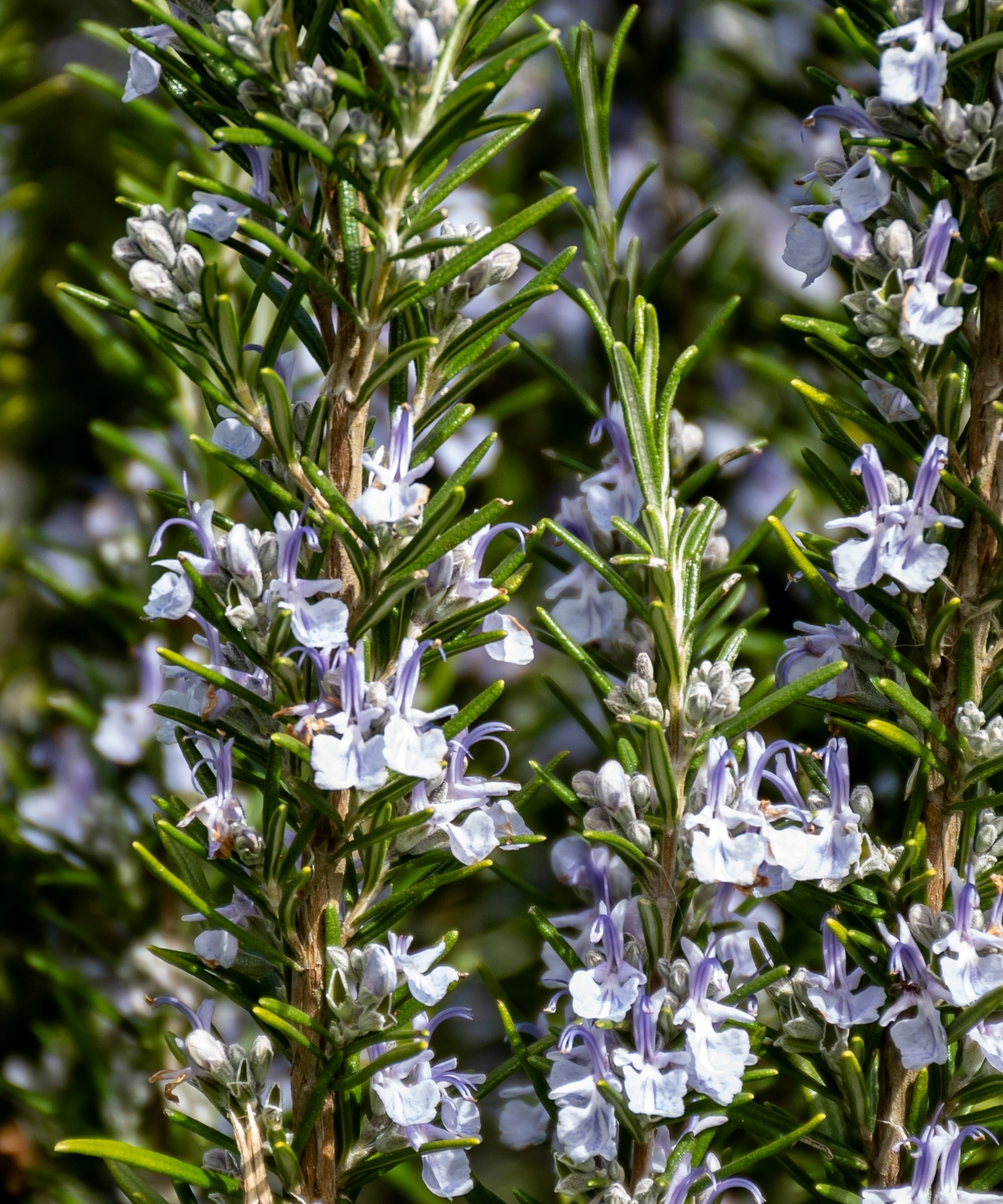
Rosemary is one of the best flowering shrubs for full sun. I have grown it in many different gardens where I have worked, and even in challenging, rocky, poor soils in Tuscany, it seemingly thrived with very little attention.
Propagate rosemary during August, trimming half a dozen stems that are still green but also just firm enough to give you a solid cutting.
Try using this highly rated Fiskars pruning knife, available now from Amazon, which is perfect for snipping and stripping stems.
Choose non-flowering shoots if you can, and snip lengths to about four to six inches long. I strip the lower leaves, leaving just a few at the tip, and often dip the cut base into rooting powder before placing it in free-draining soil.
You can add six or so cuttings to a container, but they will need potting on when the roots begin to develop. And, by next year, your young aromatic herbs can be planted out into borders and pots.
If you are worried about woody rosemary plants, taking cuttings is a good insurance policy. Or, alternatively, you can order live rosemary plants via Walmart.
2. Lantana
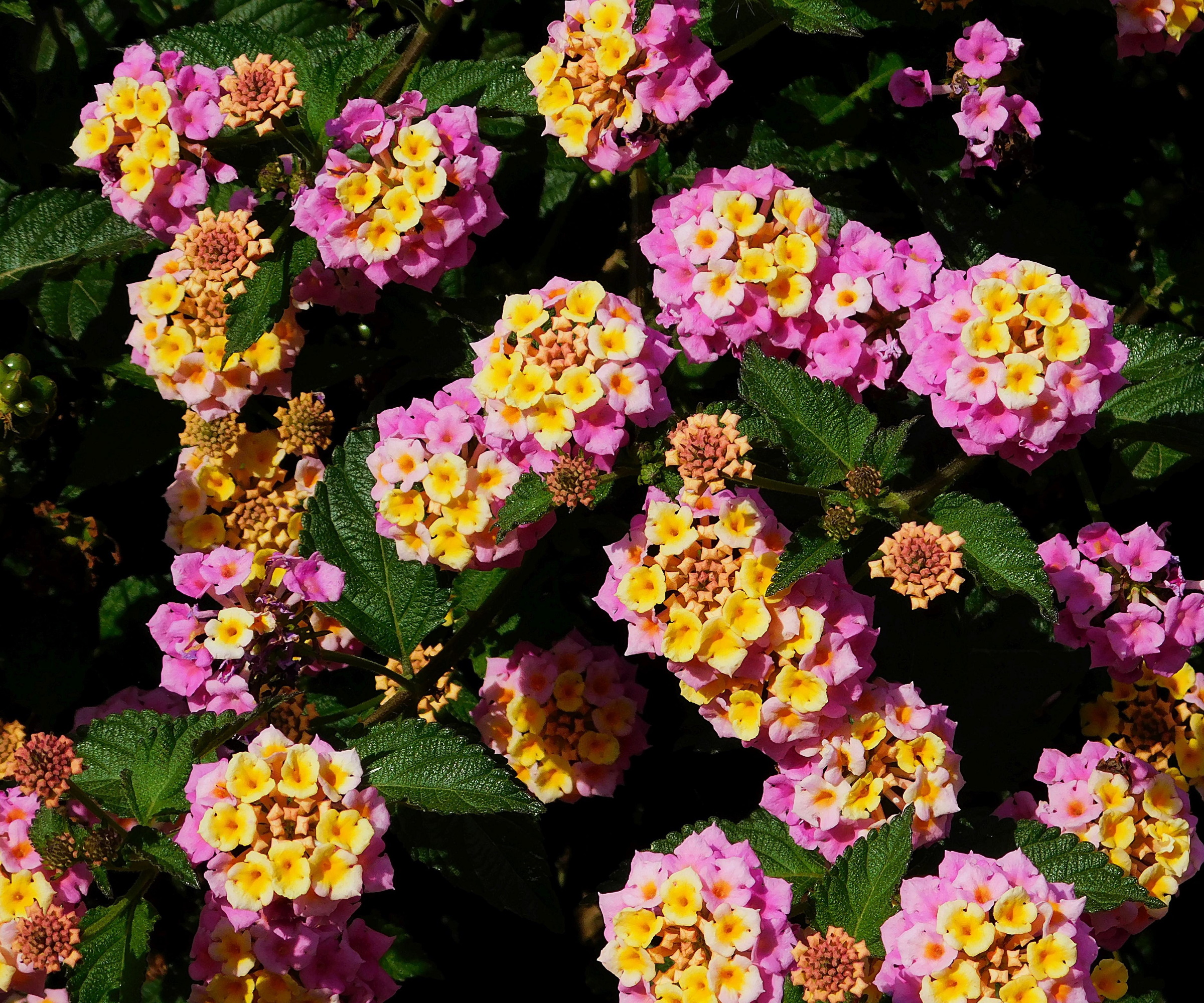
Lantana is considered an invasive perennial in several US states, including Florida and Texas, so always do your homework before taking cuttings or adding one to your yard.
Choose fresh green shoots that haven’t flowered yet, and cut four-inch sections just below a leaf node. Strip the lower leaves and plant in a gritty mix.
While rooting hormone is not always needed, I have found it can help with propagation success rates. To use it, simply dip the bottom inch of your cuttings in water, then in rooting hormone powder, available from Amazon, shaking off any excess.
Lantana is perennial in zone 8 plus, and loves sunny, warm situations. However, for young lantana cuttings, keep them out of the harsh afternoon sun whilst they establish.
Within six or so weeks, cuttings should produce tiny white roots, and you can pot them individually. I would suggest keeping these protected in a cold frame or greenhouse during winter, and then moving outdoors in spring.
3. Potentilla
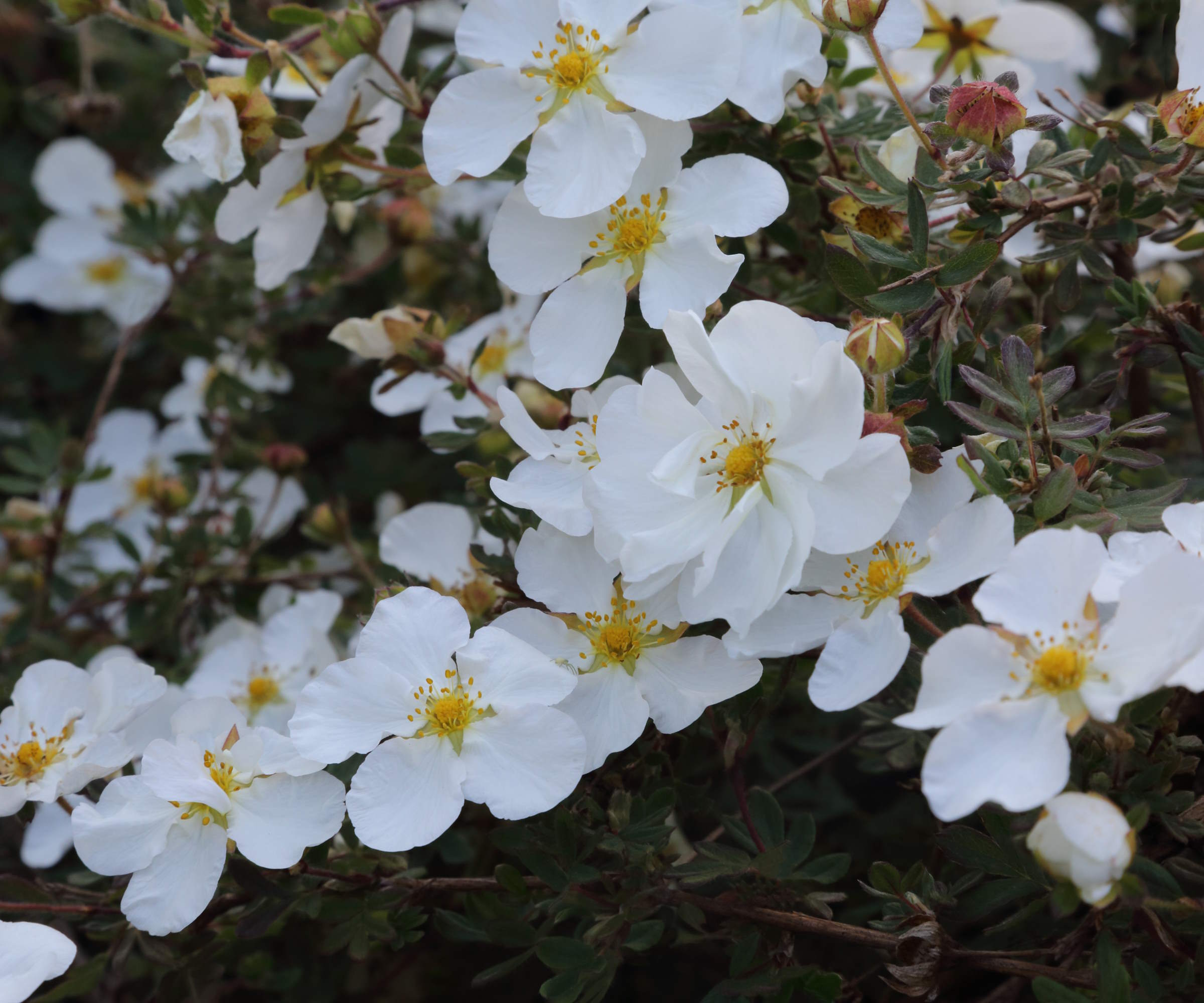
Potentilla is an underrated family of flowering shrubs and perennials, in my humble opinion. I am a big potentilla fan, having grown them on several occasions.
I adore Potentilla nepalensis 'Miss Wilmott's Ghost', which produces masses of pink blooms with crimson-red eyes.
However, it is only the shrubby potentillas that can be propagated in August. So, if you (or a gardening friend) have a specimen that is established, now is a great time to take cuttings.
Drainage is really important, so make sure to use seed and cuttings soil, like this from Amazon, to prevent your cuttings from rotting in waterlogged pots.
There are hundreds of cultivars, all ranging in color from white to pink, red to orange. Or for a yellow shrub option, try this 'Goldfinger' potentilla, with live plants available from Walmart, which will tolerate poor soil and flower for much of the summer.
4. Ribes
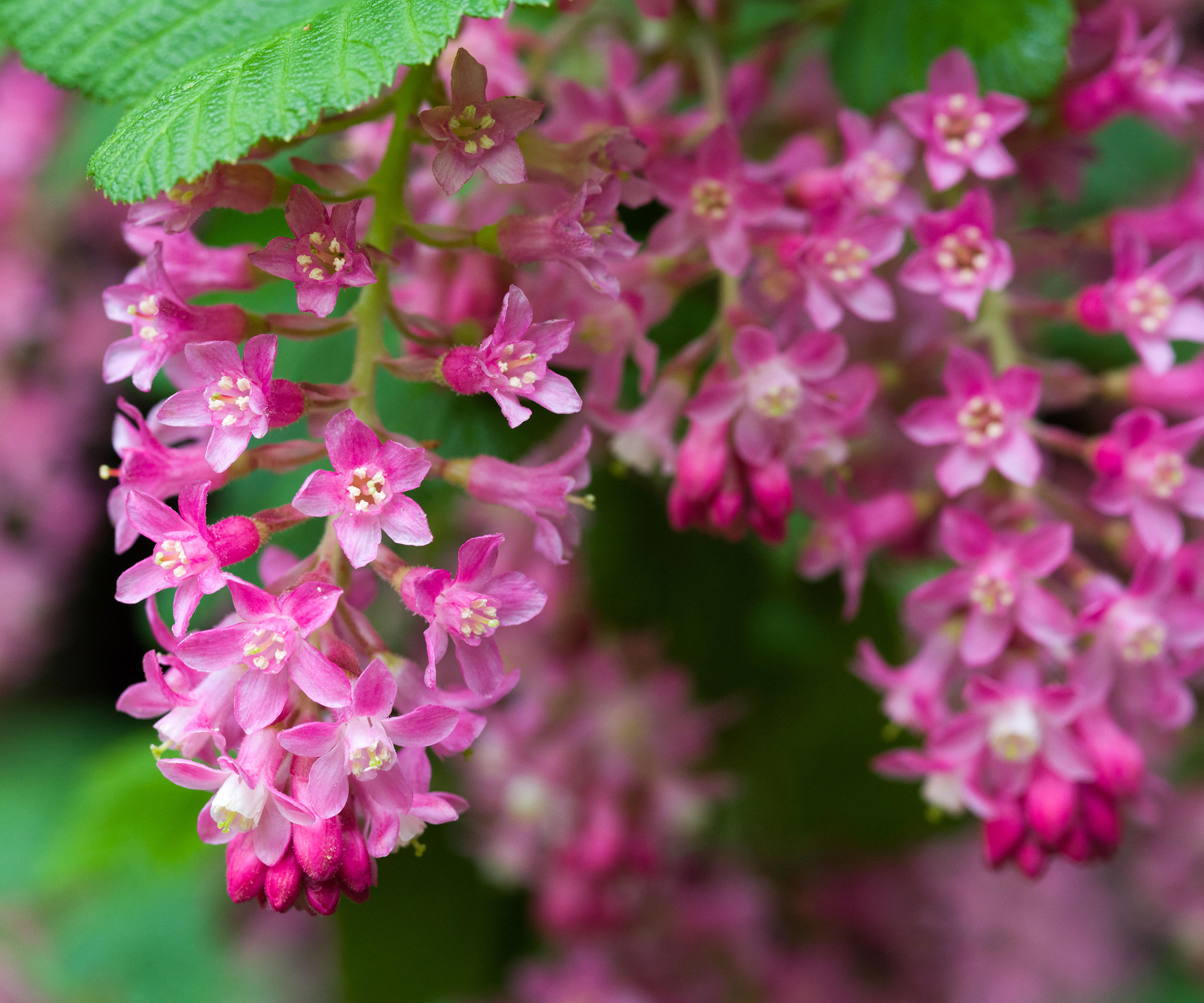
Ribes, also referred to as flowering currants, are ideal for injecting some color into the yard during March, April and May.
August is a good moment to take cuttings, as the year’s growth has ripened enough to hold its shape.
All you need to do is snip semi-ripe stems, around six to eight inches long. You can root them in pots of gritty compost, keeping them moist but not waterlogged, and they’ll be ready to plant out next spring.
While shrub propagation does require a little patience, given time, this is a great way to fill out hedgerows or the back of borders.
There are many attractive varieties of this spring-flowering shrub, such as Ribes sanguineum 'Albescens', which is one of my go-to plants. With fragrant pink flowers that open on long branches, stems can be snipped and used in vases in spring alongside daffodils and tulips, if you fancy having a go at some floral artistry.
5. Lavender
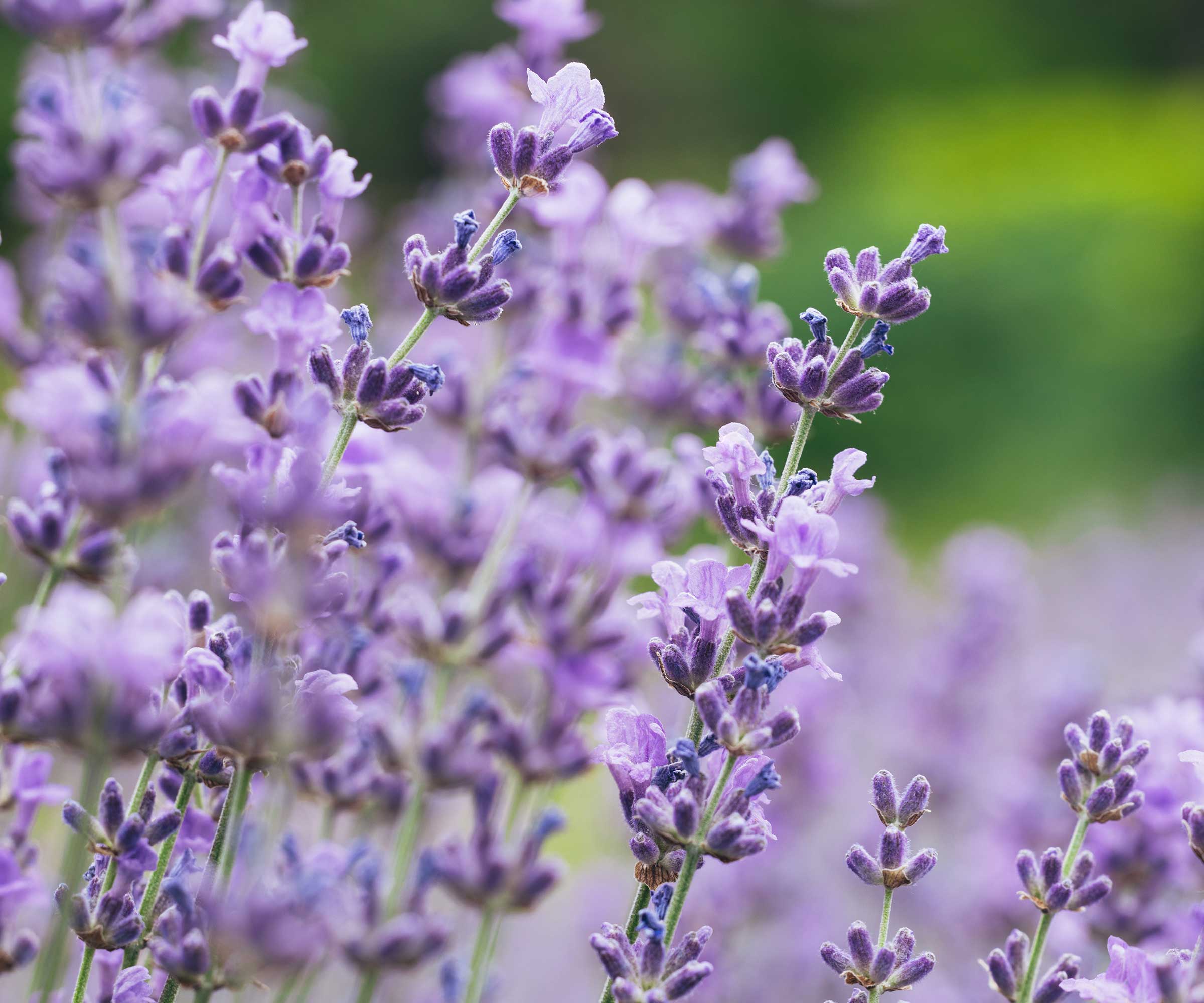
Lavender is perfect for taking cuttings in August, particularly if you give them a little trim after flowering this month. Two birds with one stone, after all.
To propagate lavender, choose fresh, silver-green shoots from the outer edges of the plant, avoiding any that have gone overly woody or that have flowers.
With lavender, you can use rooting powder, but I have found it doesn't really need it, and will often root happily on its own.
Just remember that this is a Mediterranean herb, so drainage is key. Use a gritty compost, combining grit, sand or perlite, before placing cuttings in a warm, bright location that avoids full midday sun.
And, with any luck, by spring, you’ll have young lavender plants ready to fill borders or pots.
If you want to try adding a new variety to your plot this summer, try these live French lavender starter plants, which can be ordered from Walmart.
6. Forsythia

Forsythia might not be your first thought when thinking about plants to propagate in August, but this yellow flowering shrub is suitable for taking semi-ripe cuttings this month.
It is a good idea to prepare a pot filled with soil (amended with sand or perlite to improve drainage) prior to taking your forsythia cuttings.
Then, you can snip six-inch stems from this year's growth, removing the lower leaves, before dipping the bottom in rooting hormone.
Next, grab your pre-prepared pot, inserting the cuttings in holes made in the soil (you can use a pencil or dibber, like this wooden model available via Amazon).
One tip is to place your forsythia cuttings pot inside a plastic bag and seal it with an elastic band. This greenhouse-like structure will prevent these cuttings from drying out, which can improve success rates.
The cuttings should have roots after about six to eight weeks, and you can transplant them to a larger pot once roots have developed.
And, if your cuttings fail, do not fret. You can always stock up on new plants, like this Forsythia 'Lynwood', with live starter plants available from Nature Hills.
7. Sage
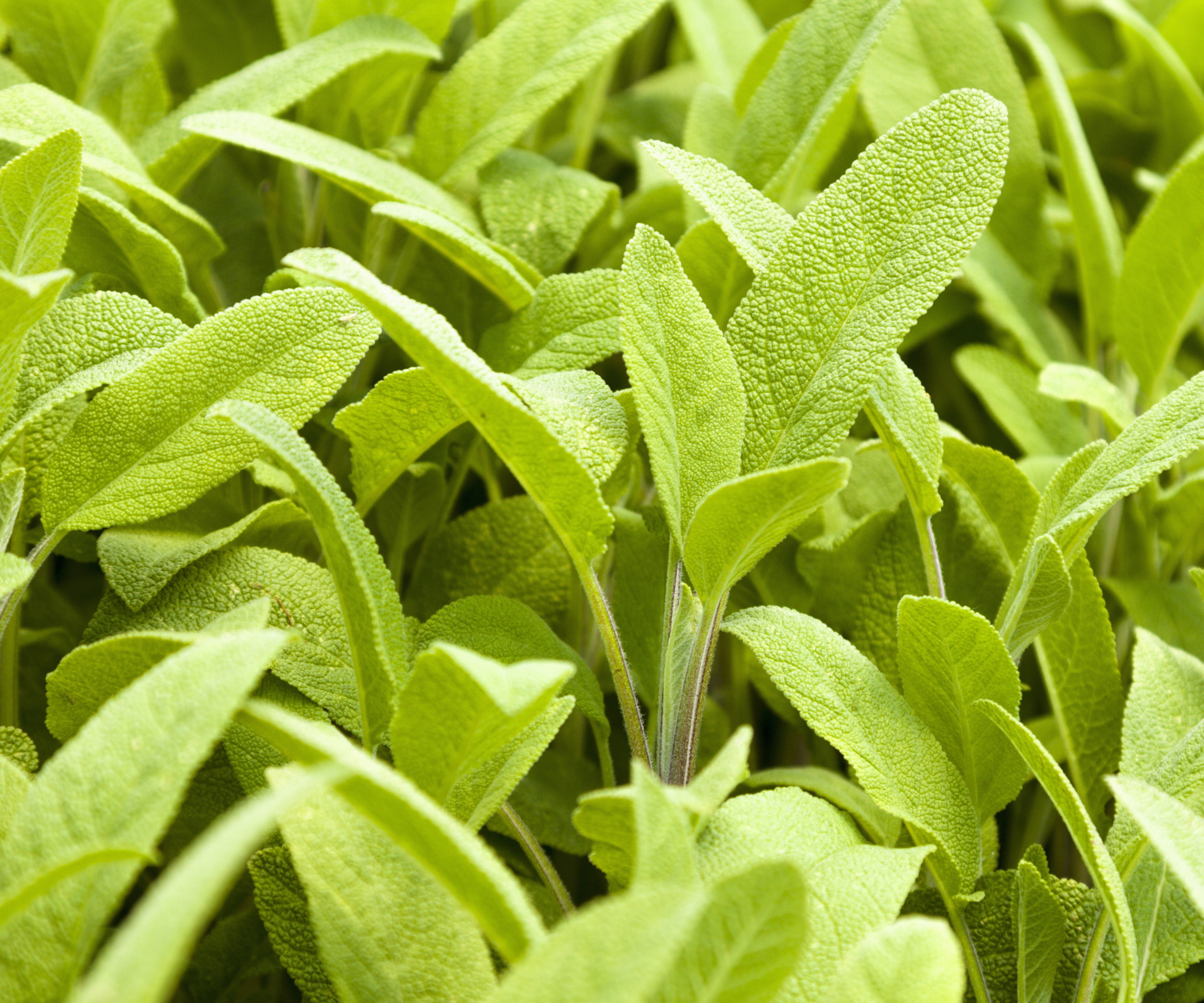
Sage is one of my favorite herbs to propagate. Tough, reliable, and it leaves your hands smelling rather herbal.
I have taken sage cuttings on numerous occasions, most recently in Italy, which was to replace old and woody specimens in the kitchen garden.
It is crucial to prune these herbs regularly to prevent them from going leggy, so be sure to remember to add sage pruning to your spring gardening checklist.
You can take sage cuttings throughout the summer months, either in June, July or August, via soil propagation or in water, using something like these propagation vases available from Amazon.
Just be sure to change the water every few days if you are attempting to root cuttings in water, to encourage your stems to develop little roots in record time.
Whatever plants you decide to propagate, just be sure to keep an eye on watering during those hot summer days. You don't want the soil (or vase of water) to dry out, so monitor this on a regular basis.
For more inspiration, see our guide on vegetables to plant in August, and keep your kitchen garden productive and full of crops this year.
Shop propagation essentials
These stylish red and white Okatsune pruners are super handy for taking stem cuttings during summer.







